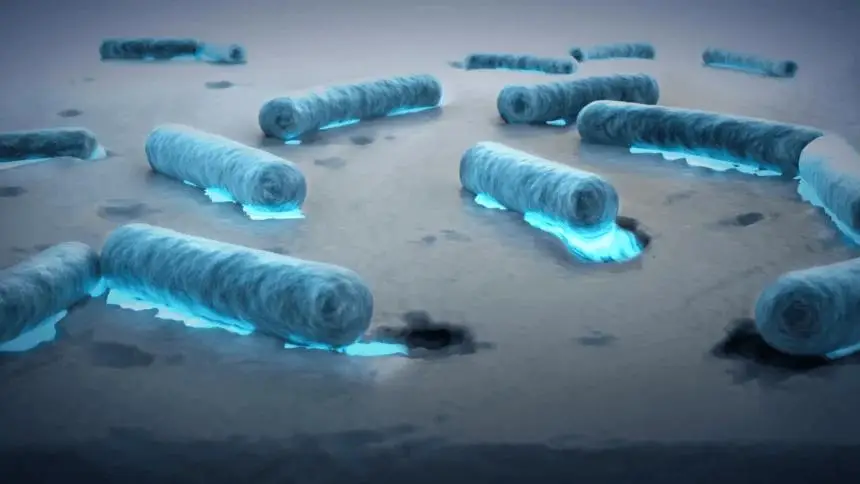
Technology media Gonglubian published a blog post yesterday (November 4th), reporting that scientists from King Abdullah University of Science and Technology (KAUST) have announced a breakthrough discovery that deep-sea microorganisms have evolved a special enzyme (PETase) that can digest PET plastic.
IT Home Note: PET, also known as polyethylene terephthalate, is a common thermoplastic polyester commonly known as polyester resin. Its main characteristics include high strength, high transparency, good barrier properties, and chemical resistance. It is widely used in the manufacturing of beverage bottles, food containers, synthetic fibers (such as polyester), and engineering plastics, and can be made into various shapes as needed.
The core breakthrough of KAUST’s research lies in the identification of a key structural feature called the “M5 motif”. The research co leader and marine ecologist Carlos Duarte explained that the M5 motif is like a “molecular fingerprint” that can accurately determine whether a PETase enzyme has the activity to efficiently degrade PET plastics.
Bacteria carrying the M5 motif PETase enzyme can feed on plastic, a characteristic that is now widely present in oceans around the world.
Prior to this, although scientists discovered bacteria in Japan in 2016 that could survive on plastic, whether this adaptability is widespread in the vast ocean has always been a mystery. The discovery of the M5 motif provides a reliable biomarker for screening functional plastic degrading enzymes.
To verify this discovery, the research team combined artificial intelligence modeling, gene screening, and laboratory experiments. The results confirmed that marine bacteria carrying the complete M5 motif can indeed efficiently decompose PET plastic samples.
The gene activity map further shows that the gene encoding this efficient PETase exhibits high activity in the global oceans, especially in areas with severe plastic pollution. This indicates that these enzymes evolved from other hydrocarbon degrading enzymes, helping microorganisms utilize plastics as a new carbon source in nutrient poor deep-sea environments.
To evaluate the global distribution of this’ food plastic ‘ability, researchers analyzed over 400 ocean samples collected from different locations around the world. The results astonishingly showed that functional PETases with M5 motifs were found in nearly 80% of the sample water, with their distribution ranging from fragmented surface circulation to barren deep sea depths of nearly 2000 meters.
Although this discovery is exciting, Duarte also warns that relying on the natural clearing speed to save the ocean is far from enough. He emphasized that when plastic sinks into the deep sea, its harm to marine life and human consumers has already been caused, and the speed of this natural process cannot keep up with the speed of pollution.
However, this discovery brings new hope for plastic recycling on land. The M5 motif provides a ‘blueprint’ that reveals key structures that function in real-world environments. Scientists can draw on these efficient models evolved by deep-sea bacteria and optimize them in the laboratory to design efficient degradation enzymes that can be used in industrial treatment plants and even in future household scenarios, accelerating the closed-loop recycling process.















暂无评论内容